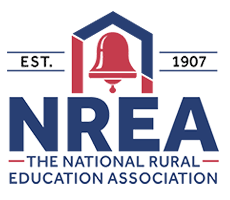Abstract
In this “promising practices” piece, we draw from lessons learned from a larger research study exploring how alternative identification processes and curricular interventions might influence gifted education programming for students in rural school districts. In the larger study we sought to (a) increase the number of rural students identified for gifted education services and (b) provide support for those programs in the form of a place-based language arts curriculum. As we implemented an innovative identification and curricular option for historically underrepresented students from low-income rural areas, we encountered hurdles stemming from four sources: conceptions of giftedness, teacher time and expertise, expectations for students, and fidelity of implementation. This article illuminates those challenges and discusses efforts to mitigate them and negotiate a path through to success—seeing the possible rather than limitations set forth by imposed systems affecting rural schools and communities.
Creative Commons License

This work is licensed under a Creative Commons Attribution 4.0 International License.
Recommended Citation
Azano, A. P.,
Callahan, C.,
Bass, E.,
&
Rasheed, M.
(2020).
Supporting Gifted Education in Rural Schools.
The Rural Educator, 41(2), 47-54.
https://doi.org/10.35608/ruraled.v41i2.851



